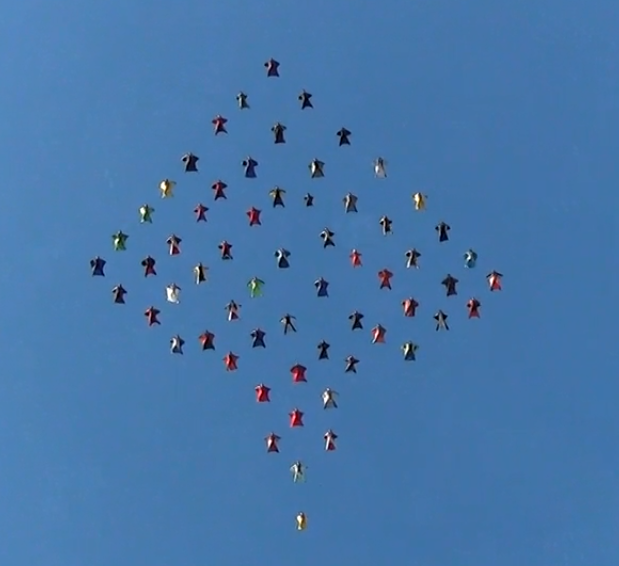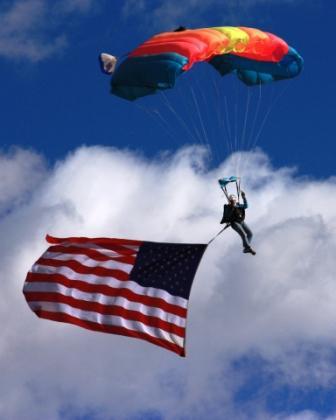Hvance 0
Damn. Someone post how to do that. ![]()
I wish Google Maps had an "Avoid Ghetto" routing option.
muff528 3
QuoteDamn. Someone post how to do that.
Go get yourself some booties.
kallend 2,106
QuoteQuoteDamn. Someone post how to do that.
Go get yourself some booties.
Well, body position plays a part too.
...
The only sure way to survive a canopy collision is not to have one.
The only sure way to survive a canopy collision is not to have one.
KrisFlyZ 0
QuoteQuoteQuoteDamn. Someone post how to do that.
Go get yourself some booties.
Well, body position plays a part too.
Prevailing conditions, physical characteristics and rig size play a very big part as well. If we are talking Derek territory.
muff528 3
QuoteQuoteQuoteDamn. Someone post how to do that.
Go get yourself some booties.
Well, body position plays a part too.
OK, where have I gone wrong? I know I'm years out of practice with this stuff but I'm having trouble getting some numbers to work. Using the "observed" data for this tracking jump and arbitrarily using an altitude of approx. 6000 ft as an average I'm getting a lift coefficient of ~0.015 resulting in an observed drag coefficient of ~0.013. Exit wt is 180. My problem comes in when I try to calc the induced drag based on a 0.25 aspect ratio wing (6' x 1.5') with 9 ft^2 area. I tried being generous with the wing size and efficiency (e = 0.7 for rectangular wing shape). Here I get an induced drag coefficient of close to 4. What am I missing? Mental block (happens a lot lately
Edit to say Cd,i should have read 4 x 10^-4 (.0004).
Zymurdoo 0
QuoteQuote
Also the vertical descent rate of a GOOD tracker can be below 80mph in a flat track (see previous link), which is a SIGNIFICANT decrease from a nominal 120mph freefall.
Holy crap! I always thought I was doing well when I see a nice sub 100 mph sas on my Pro-Track. I guess I have a lot of work to do.
Edited to add: Heading to DZ with tail between legs to get some tracking in.
Blue Skies, Soft Docks and Happy Landings!
CWR #23
(It's called CRW, add an e if you like, but I ain't calling it CFS. FU FAI!)
CWR #23
(It's called CRW, add an e if you like, but I ain't calling it CFS. FU FAI!)






Points I was trying to make:
1) Tracking does not "generate" a significant amount of lift.
Some people can track at better than a 1:1 glide ratio. That requires a significant amount of lift. For someone with a 200 pound exit weight, the lift needed for 1:1 is over 140 pounds.
Also the vertical descent rate of a GOOD tracker can be below 80mph in a flat track (see previous link), which is a SIGNIFICANT decrease from a nominal 120mph freefall.
Now that is impressive! That tracking dive (in your link) seems to have resulted in a horizontal speed (over the ground) of 93 mph (based on 77.5 mph vertical rate of descent) in a RW suit! It works out to 1.2:1 glide ratio and he had an actual airspeed of about 121 mph.! I stand corrected!